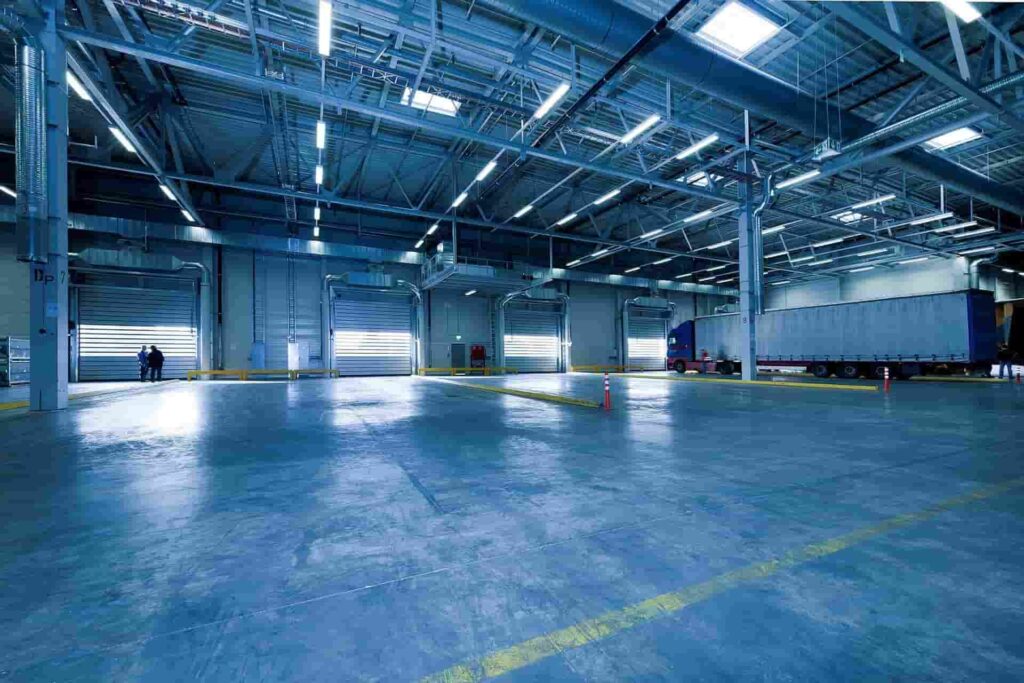In the realm of respiratory therapy, the use of mechanical ventilation plays a crucial role in supporting patients with compromised breathing. However, there is a growing debate surrounding the classification of Continuous Positive Airway Pressure (CPAP) as a form of mechanical ventilation. In this blog post, we will delve into the intricacies of CPAP and explore whether it truly falls under the umbrella of mechanical ventilation. Through a comprehensive analysis, we aim to provide a clear understanding of CPAP's mechanisms, its benefits, and its distinctiveness from traditional mechanical ventilation.
- Understanding CPAP:
CPAP, short for Continuous Positive Airway Pressure, is a non-invasive respiratory therapy technique commonly used to treat sleep apnea and other respiratory conditions. Unlike mechanical ventilation, which involves the use of an endotracheal tube or tracheostomy, CPAP delivers a constant flow of pressurized air through a mask, ensuring that the patient's airway remains open during inhalation and exhalation. - Mechanisms of CPAP:
While CPAP shares similarities with mechanical ventilation, it operates on a fundamentally different principle. CPAP works by exerting a constant positive pressure on the airway, preventing its collapse and maintaining a continuous flow of oxygen into the lungs. This pressure acts as a splint, keeping the airway open and allowing for unobstructed breathing. In contrast, mechanical ventilation involves the use of a ventilator to deliver breaths to the patient, either through positive pressure or negative pressure. - Differentiating CPAP from Mechanical Ventilation:
Despite the similarities in their outcomes, CPAP and mechanical ventilation differ in several key aspects. Firstly, CPAP is primarily used to provide respiratory support during sleep, whereas mechanical ventilation is employed in critical care settings for patients with acute respiratory failure. Secondly, CPAP does not actively assist with breathing, as it relies on the patient's own respiratory effort, while mechanical ventilation can provide full or partial assistance by delivering breaths. Lastly, CPAP is non-invasive, whereas mechanical ventilation often requires invasive procedures such as intubation. - Benefits and Applications of CPAP:
CPAP therapy has proven to be highly effective in managing sleep apnea, a condition characterized by recurrent episodes of breathing cessation during sleep. By maintaining a constant positive pressure in the airway, CPAP prevents airway collapse, reduces snoring, and improves oxygenation. Additionally, CPAP has shown promising results in treating respiratory distress syndrome in premature infants and managing chronic obstructive pulmonary disease (COPD) exacerbations.
Conclusion:
In conclusion, while CPAP shares similarities with mechanical ventilation, it is not considered a form of mechanical ventilation. CPAP operates on the principle of maintaining a constant positive pressure in the airway to prevent collapse, whereas mechanical ventilation involves the delivery of breaths to support or replace the patient's respiratory effort. Understanding the distinctions between CPAP and mechanical ventilation is crucial for healthcare professionals and patients alike, as it allows for informed decision-making regarding the appropriate respiratory therapy for each individual's needs.

